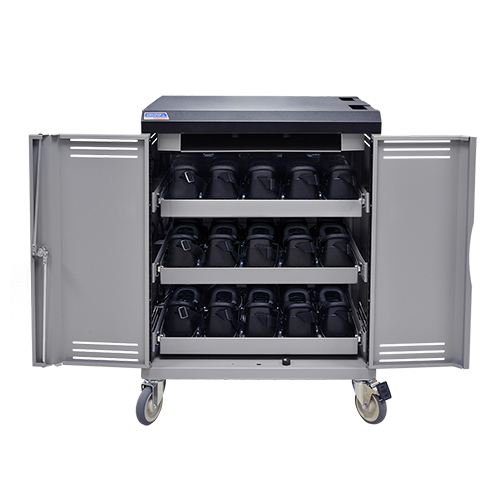Virtual Reality in Higher Education
Colleges have evolved overtime due to the breakthrough in technology. With the invention and progression of virtual reality (VR), students in higher education can now experience, practice and learn subjects by being immersed into the VR environment.
According to Virtual Reality: The Next Generation of Education, Learning and Training published by Forbes, VR is helping students become more engaged in the classroom and learning with VR helps student’s memory. Through VR, students can practice and train in their field of study. Students studying history could explore landmarks and historical sites; anatomy students could identify and practice procedures on virtual human bodies; and students studying education could practice teaching with the use of virtual students to become more comfortable in the classroom.
Virtual reality allows endless learning opportunities for students. VR has altered the way in which students can practice procedures and apply operations, especially in the medical field. Students studying anatomy are now able to inspect organs and other components of the body with the help of 3-dimensional figures shown through virtual reality. This type of interactive, hands-on learning can help prepare students for their future careers after college.
One of the many benefits of VR used in higher education is that it allows interested future students to tour campuses. Many colleges across the U.S. offer virtual tours of their campus letting viewers see lecture halls, dorm rooms, etc. According to Virtual Reality, Real Rewards in Higher Ed, by University Business Magazine, more than 30,000 people have visited Northern Arizona State University through its virtual campus tour. This has led to many viewers scheduling on-campus tours. Virtual reality tours can help gain prospective student interest, can help save individuals money and can help future students who are located in a different state or region of the world tour a campus in the comfort of their home.
It is quite clear that technology has changed the way students are learning in college and how professors are teaching courses.
Spectrum Industries Inc. a premier school furniture manufacturer located in Chippewa Falls, Wisconsin, acknowledges and understands the growing use of virtual reality and technology in the classroom. With over 50 years of business, Spectrum produces furniture that connects people with technology and that includes the newest VR technology. Designed for storing and charging VR goggles, Spectrum’s VR30 Device Cart can charge up to 30 goggles at once and has the ability to charge phones in or out of VR goggles.
As an award winner of Infocomm 2017, Best of Show, the VR30 Device Cart features individual power strips located on each drawer able to charge each set of goggles, durable foam to protect goggles, wheels for classrooms mobility which can also lock, pull-out drawers for easy wire management and an additional internal outlet to charge other devices. Not only is the VR30 hi-tech, but it also meets safety measures. The cart is ETL Listed to UL 60950-1 Standard, its drawers were designed to never tip and its heave gauge steel construction makes it one of the toughest carts on the market.
Technology has given students the opportunity to learn in ways like never before. Virtual reality has changed the way students in higher education learn by offering simulations and 3D figures to apply procedures and practices that will prepare them for their future career. Although it is exciting to be able to use VR in a variety of settings, it is important to keep in mind how VR goggles and mobile devices will be stores and charged. Products such as the VR30 Device Cart by Spectrum Industries Inc. allows for easy storing and charging of VR goggles in any higher education environment. 